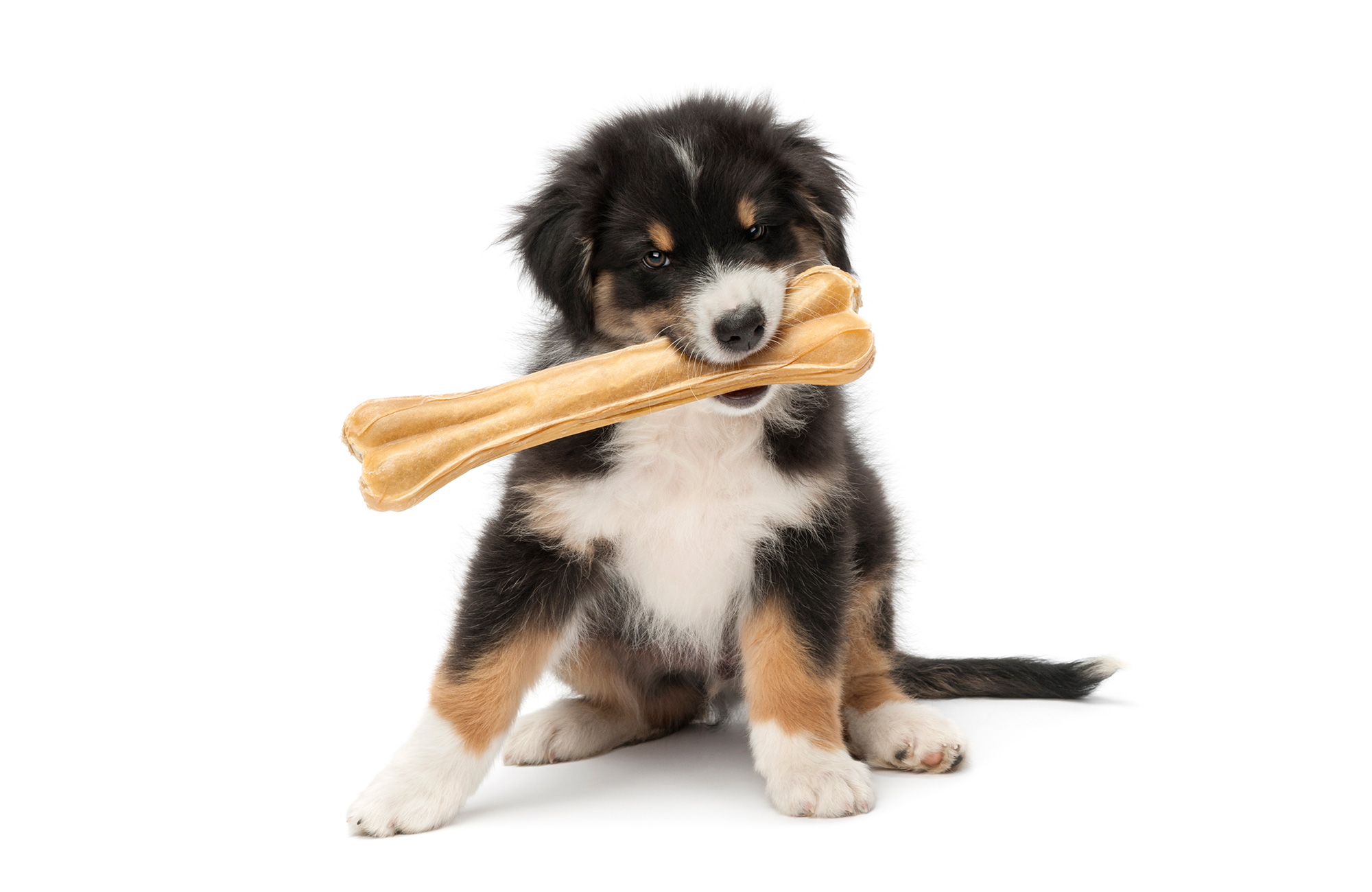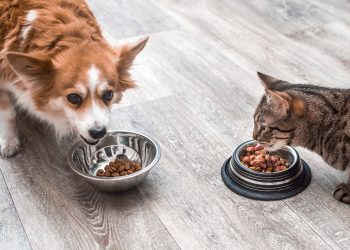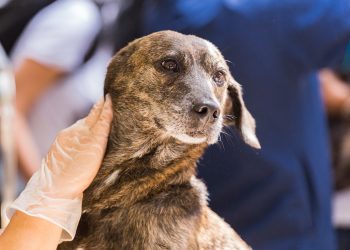When it comes to disposing of old dog bones, it’s important to do so safely and responsibly. Not all bones are suitable for dogs, and improper disposal can lead to health hazards.
1. Understanding Old Dog Bones
Chewing is a natural behavior for dogs, and bones can serve as a healthy treat while helping keep their teeth clean. However, not all bones are safe for dogs. Avoid cooked chicken bones and bones that can splinter into sharp pieces.

2. Safety Concerns
Old bones, especially those originally raw, can pose risks to your dog’s health, including mouth injuries, obstructions, internal bleeding, and pancreatitis. Choose bones that are larger than your dog’s mouth to prevent swallowing.
3. Proper Disposal
Dispose of old raw bones promptly after your dog has consumed the flesh to prevent food-borne illnesses. Do not repurpose old raw bones to avoid salmonella and contamination.
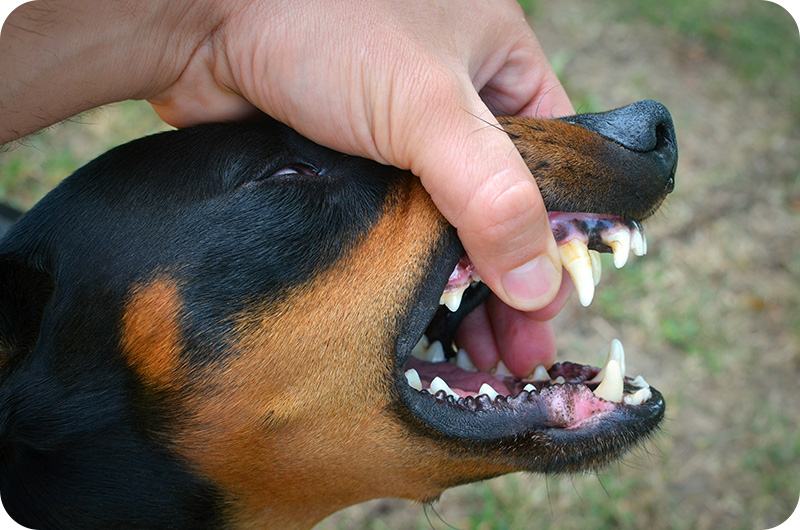
4. Marrow Bones
Marrow bones are an exception. They can be reused as tasty treats for your dog if they are clean and cooked. Here’s what you can do with old marrow bones:
- Fill giant bone marrows with nutritious fillings like mashed pumpkin to keep your dog’s mouth busy.
- Beef or buffalo knuckles can be covered with sticky treats like peanut butter and pumpkin puree, then chilled.
- You can also repurpose dehydrated rawhide or animal skin by boiling and mixing it with your dog’s meal or molding it into bone shapes before dehydrating.
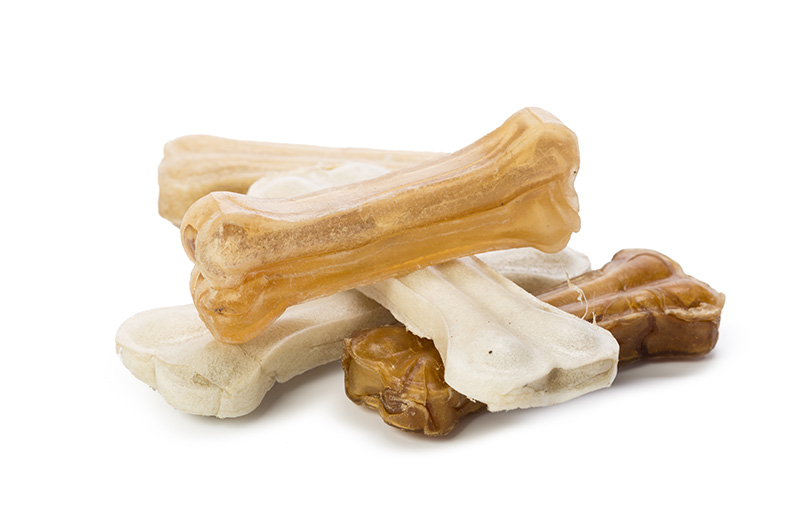
5. Signs of Trouble
Watch for signs of trouble if your dog has ingested inappropriate bones, such as anxiety, poor appetite, diarrhea, or discomfort. If symptoms persist, consult your veterinarian.
In summary, prioritize your dog’s safety by choosing appropriate bones, disposing of old raw bones properly, and repurposing clean marrow bones for safe and enjoyable treats.

Next on your reading list:
